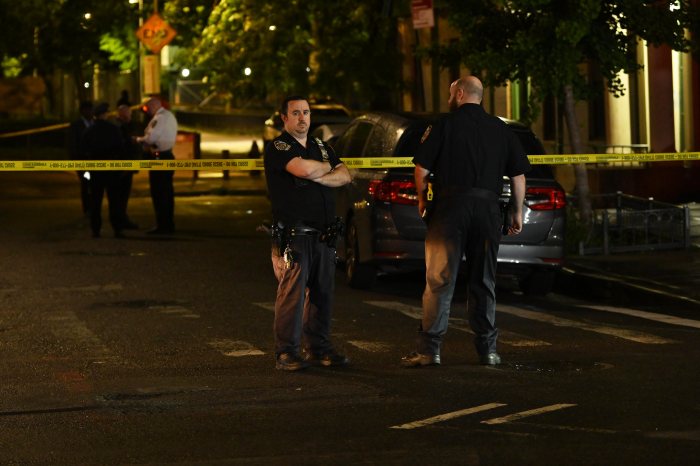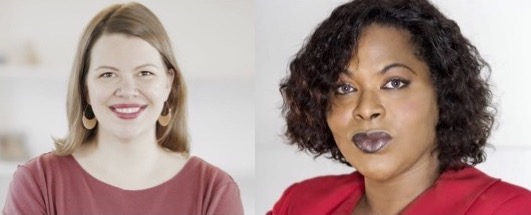The New York City Council unanimously approved the 95-block rezoning of Jerome Avenue on Wednesday, March 21.
This follows the NYC Department of City Planning’s approval of the de Blasio administration’s plan.
The rezoning will influence housing decisions along Jerome Avenue from McClellan Avenue to East 184th Street, including several intersecting east-west commercial corridors.
It also covers portions of Councilwoman Vanessa Gibson’s 16th District, and Councilman Fernando Cabrera’s 14th District; whom both had led the charge for the rezoning’s approval n the City Council.
The Jerome Avenue corridor of gritty auto repair shops and warehouses is expected to slowly vanish as new housing opportunities engulf the area.
“The investment in affordable housing will provide stability for numerous families, such as those served by the Mount Hope Housing Company,” said Councilman Fernando Cabreara. “The Jerome Avenue Rezoning is a prototype for all future rezoning projects, setting high standards for collaboration and community input. I’m proud of the work we have done to build a bright future for the west Bronx,” he added.
Some community stakeholders however, are still not convinced that the plan will bring beneficial housing options.
The Bronx Coalition for a Community Vision released a statement prior to the vote expressing concern with how the rezoning will effect the area’s future.
The coalition began in 2014 when talks of the project surfaced.
“The plans for these targeted communities are slight variations on a common theme: upzonings which bring in market-rate units coupled with subsidized units that are too expensive for existing local residents to afford, accelerating displacement and gentrification,” said the statement.
A net increase is expected of 3,800 housing units, 160,000 square feet of community facility space and 58,000 square feet of commercial space.
According to the mayor’s office, of the area’s approximately 4,600 total housing units, about a quarter of them (1,150) would be permanently affordable through the city’s Mandatory Inclusionary Housing.
The mayor’s office also anticipates 40 percent of the new housing development will be locked in as permanently affordable, when MIH and city financing programs are fully implemented.
“Attached to these units are promises of infrastructure investment, though not to address existing unmet needs, but instead tied to how many new units a community will accept, and to address the priorities of higher income new residents,” said the coalition’s statement.
Beyond housing subsidies, the city is committing $189 million for parks and other public realm improvements.
“I am proud to say the final plan includes significant investment in creating and preserving affordable and deeply affordable housing units, funding for two new schools in our overcrowded school districts 9 and 10, over $60 million for our parks – including two brand new parks in Community Board 4 – and funds to fortify our small businesses and their workforce, especially the auto industry along the Jerome Corridor,” said Gibson.
The Bronx Coalition for a Community Vision seeking a voice and say in the rezoning as it proceeds.
“We will continue to organize to ensure our participation in these efforts help implement our vision. We have also been calling for community oversight of mayoral commitments and we hope and expect that as councilmembers Gibson and Cabrera engage with the administration on oversight, community members will be included in these processes,” said the coalition’s statement.






















